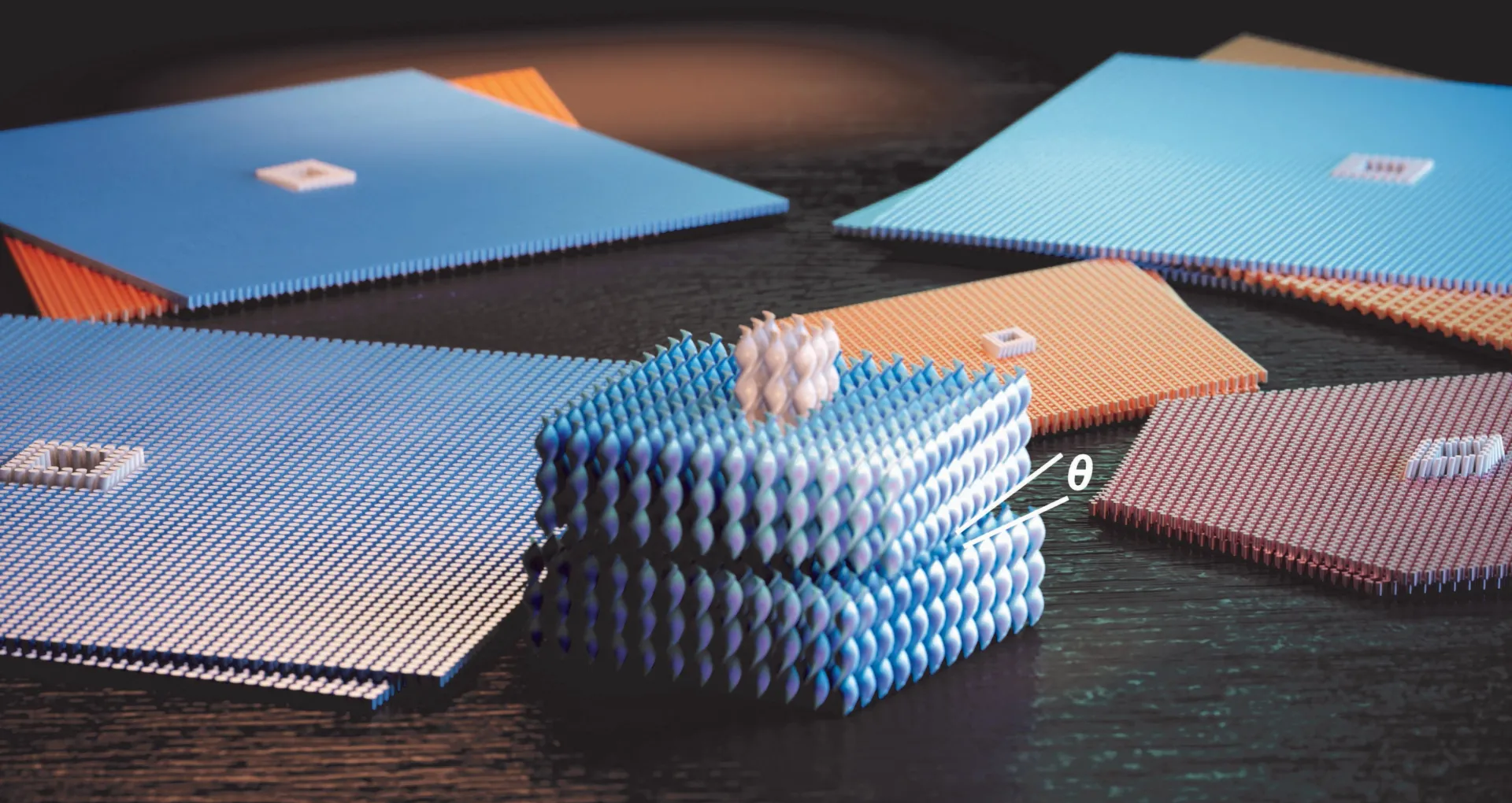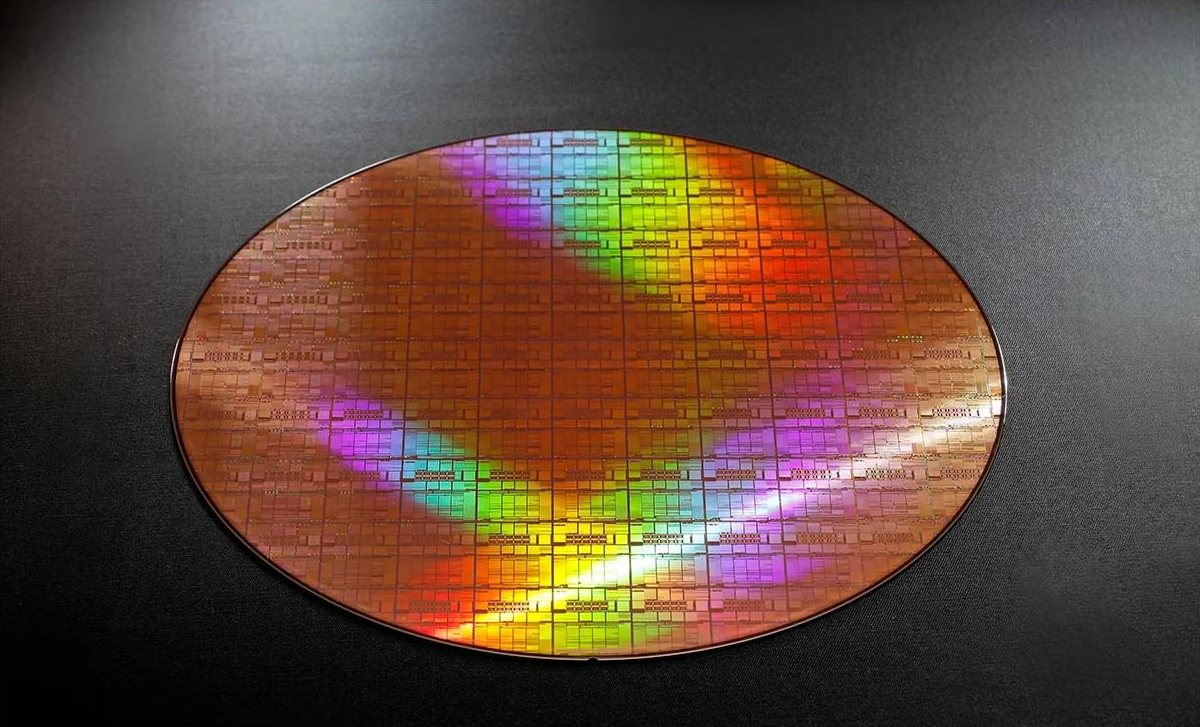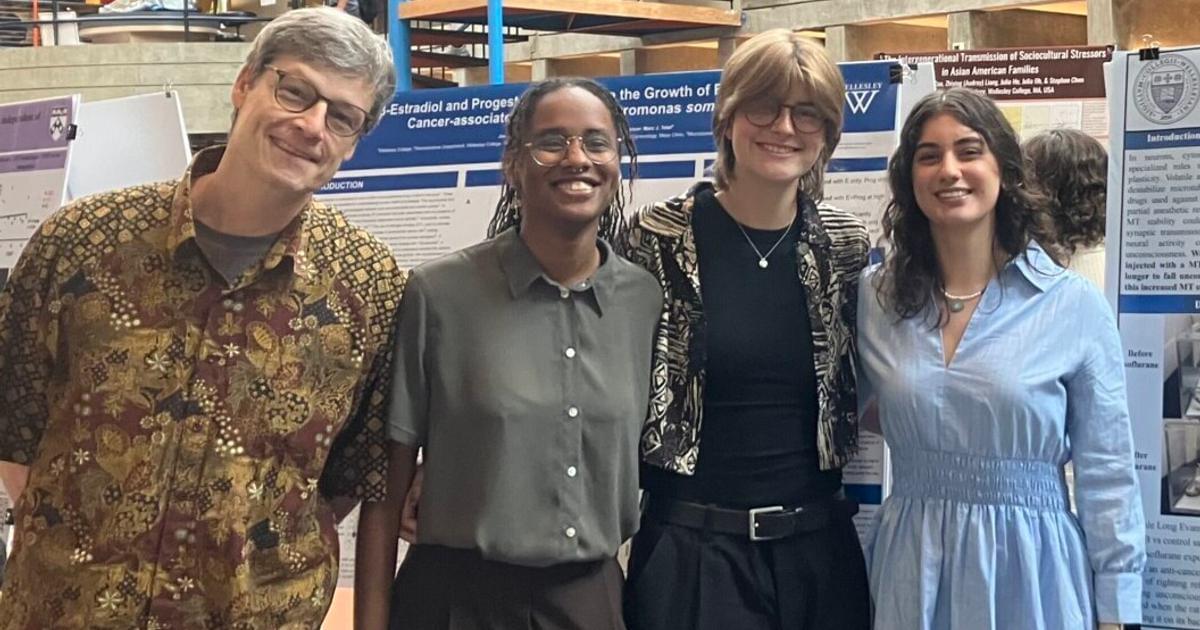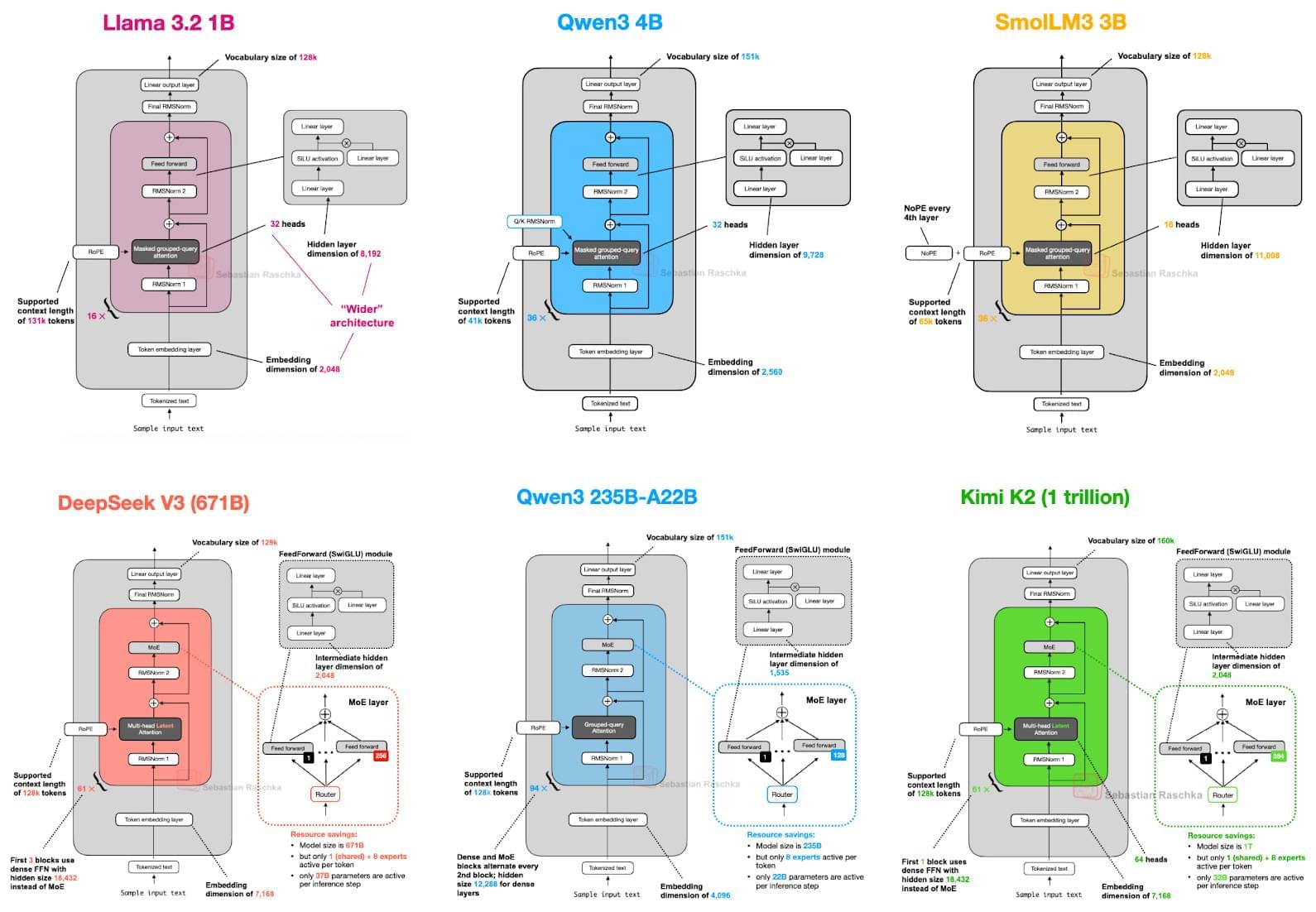The human gut microbiome has been shown to impact health in a myriad of ways. The type and abundance of different bacteria can impact everything from the immune system to the nervous system. Now, researchers at Stanford University are taking advantage of the microbiome’s potential for fighting disease by genetically modifying certain bacteria to reduce a substance that causes kidney stones. If scientists are successful at modifying gut bacteria, this can lead to therapeutic treatments for a wide range of diseases.
However, the study, published in Science, shows that this is not a simple task. The researchers used the bacterium Phocaeicola vulgatus, which is already found in the microbiome of humans, and modified it to break down oxalate and also to consume porphyran, a nutrient derived from seaweed. The porphyran was used as a way to control the population of Phocaeicola vulgatus by either adding more porphyran or reducing the amount, which should kill off the bacteria due to a lack of food.
The study was made up of three parts: one testing the modified bacteria on rats, one trial with healthy humans and one trial on people with enteric hyperoxaluria (EH). EH is a condition in which the body absorbs too much oxalate from food, leading to kidney stones and other kidney issues, if not treated.







